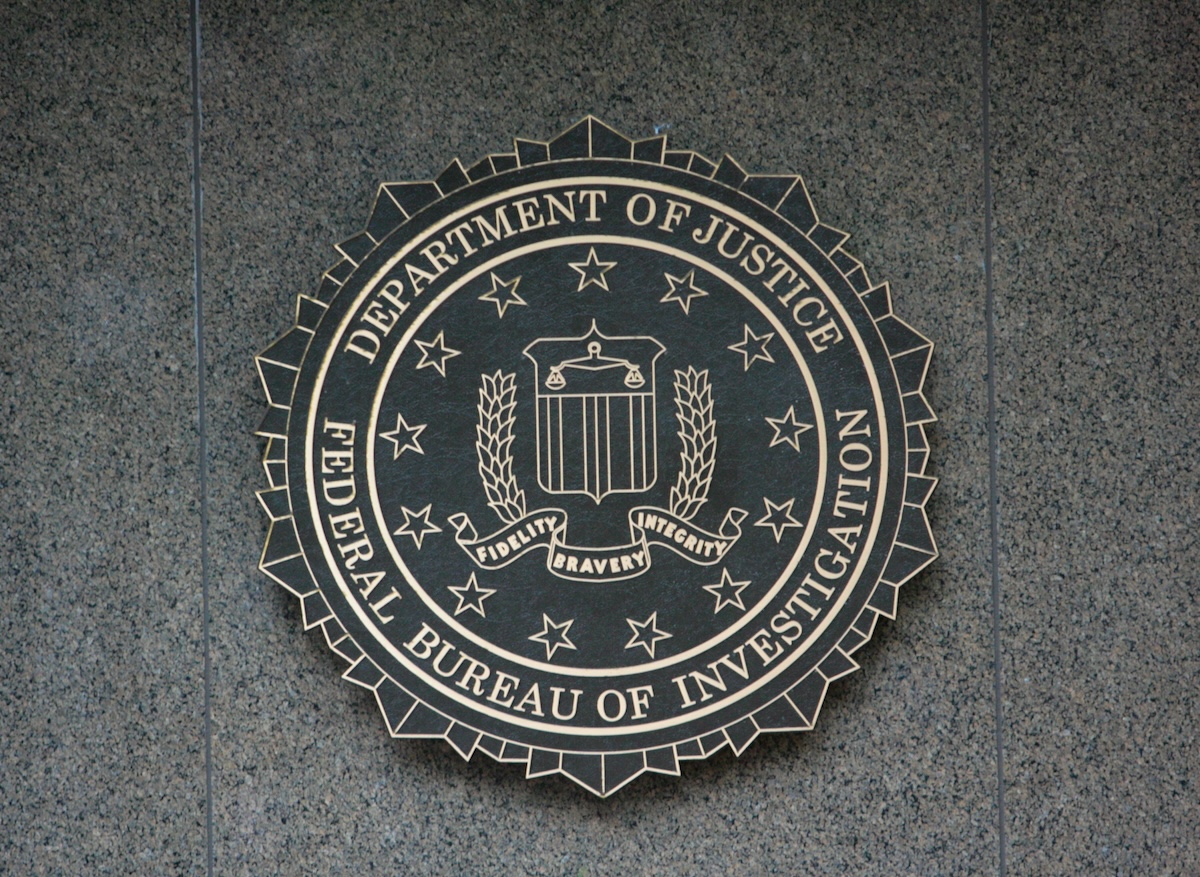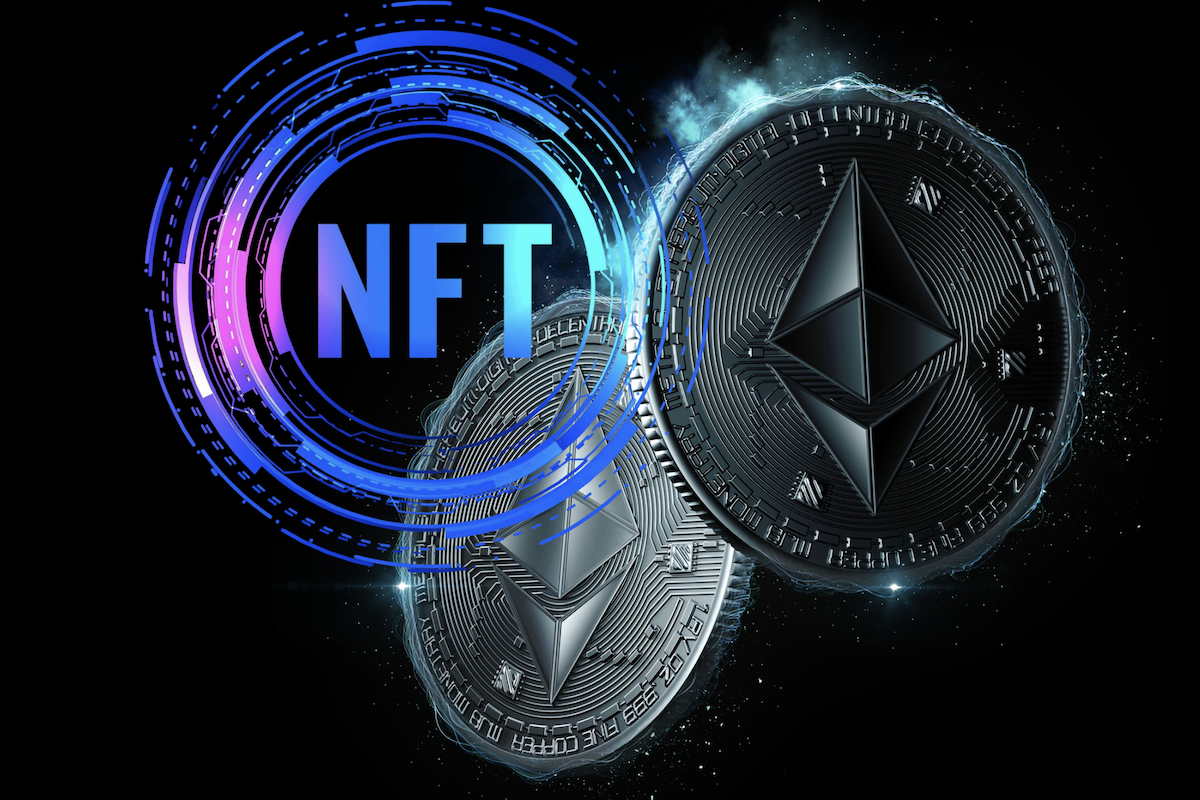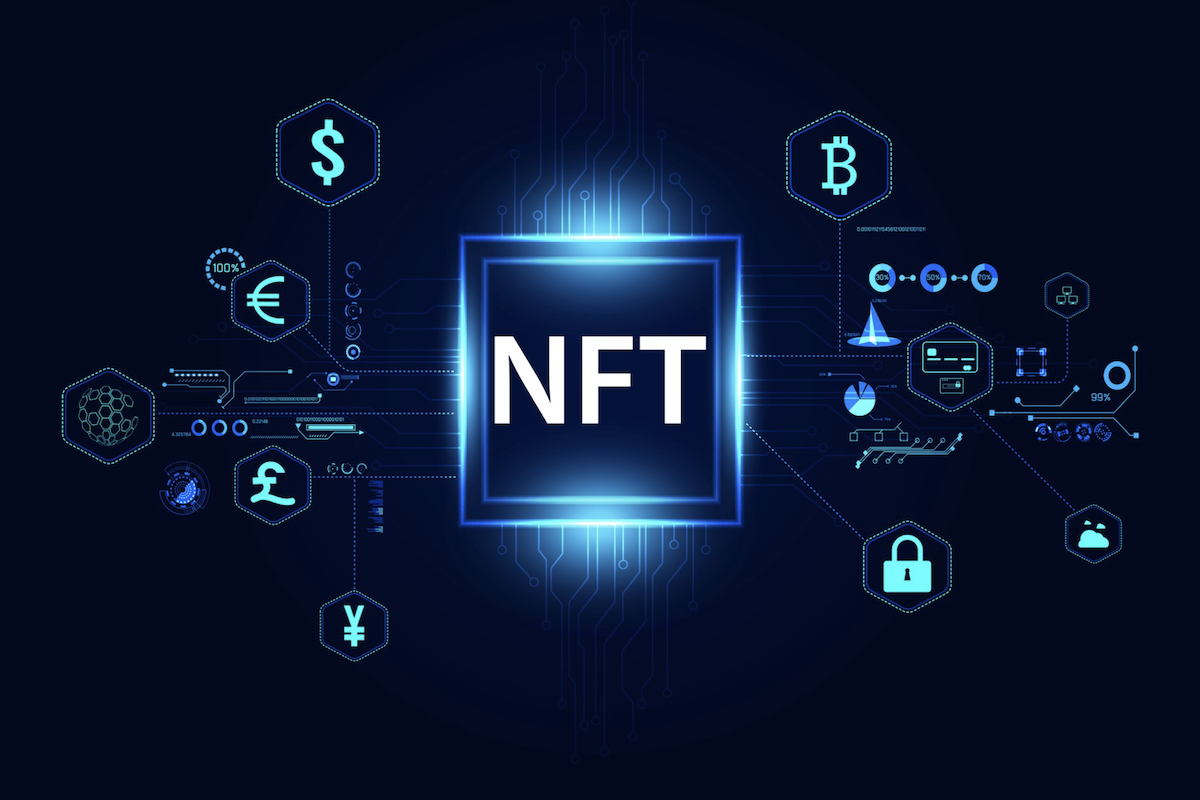What are dynamic NFTs?
Dynamic NFTs are transforming digital ownership in 2025 with real-time updates, interactive features, and smart contract-driven evolution.

Dynamic NFTs are reshaping what digital ownership means in 2025. Unlike traditional tokens that stay frozen after minting, these assets evolve — updating their traits, visuals, or value in real time based on player activity, environmental triggers, or real-world data.
Key Takeaways
Dynamic NFTs (dNFTs) can automatically update using live data or user activity.
They’re driving growth across gaming, art, fashion, and finance.
Smart contracts and blockchain oracles power their real-time adaptability.
Major projects like NBA Top Shot, Gods Unchained, and Async Art lead 2025’s growth.
Developers still face challenges with gas costs, security, and regulation.
What Makes Dynamic NFTs Different?
Most NFTs are static. Once minted, they don’t change. Dynamic NFTs break that limitation by updating over time, responding to triggers written into their smart contracts.
For example, a game character NFT can evolve as you win matches. A piece of digital art might shift its design depending on the weather. Or a collectible could grow in rarity when real-world milestones are reached.
This flexibility is powered by:
Smart contracts: Self-executing code that enforces update rules.
Blockchain oracles: Data bridges like Chainlink that feed real-world information to the blockchain.
Metadata logic: Instructions defining how visuals, traits, or stats evolve.
Together, these systems make NFTs living assets that react to real conditions. Instead of being digital snapshots, they’re more like ongoing stories.

How Dynamic NFTs Work
Dynamic NFTs follow a simple three-step process that turns static art or collectibles into adaptive experiences:
Define conditions: Developers decide what will trigger each change — like a player reaching level 10, or a temperature hitting 30°C.
Connect an oracle: An external data source monitors the trigger and reports it to the blockchain.
Update metadata: Once the condition is met, the NFT automatically updates its appearance, stats, or rarity on-chain.
This seamless interaction means NFTs can evolve in sync with real-world activity — whether that’s a sports season, a stock market move, or a user’s personal progress.
Leading Dynamic NFT Projects in 2025
The evolution of dynamic NFTs isn’t theoretical — it’s already happening across top-tier Web3 projects.
NBA Top Shot – Performance-Linked Collectibles
NBA Top Shot now uses live player stats to update Performance-Linked Moments. A collectible of Stephen Curry, for example, evolves as his averages and milestones change during the season.
Gods Unchained – Evolving Game Cards
In the blockchain game Gods Unchained, NFT cards adapt as players advance. Win battles, and your card’s artwork and attributes improve. This progression adds both narrative and value to each asset.
Splinterlands and Parallel – Adaptive Game Economies
Games like Splinterlands and Parallel use dynamic NFTs to record every action a player takes. Items evolve, characters grow stronger, and all updates are permanently stored on-chain — creating a unique history tied to each player.
The Market Behind Dynamic NFTs
The NFT market continues to grow. In 2025, it’s estimated at $61 billion, up from $43 billion in 2024, with projections suggesting $247 billion by 2029.
Dynamic and AI-driven NFTs now make up around 30% of new collections, signalling a broader trend toward interactive, utility-based ownership.
Dynamic NFTs are also expanding beyond collectibles. They’re being used in education, healthcare, music ticketing, and insurance, reflecting how blockchain technology is maturing into practical infrastructure.
Why Dynamic NFTs Matter
Dynamic NFTs make ownership active instead of passive. They encourage participation by rewarding engagement and progress.
Interactivity: Assets react to player actions or live data, keeping ownership engaging.
Emotional connection: Evolving NFTs reflect effort and achievement, building loyalty.
Value growth: Each update can add rarity or exclusivity, enhancing long-term worth.
Personalization: NFTs adapt to reflect your story, identity, or digital footprint.
Cross-platform use: Many dNFTs now work across games and brand ecosystems.
This mix of personalization, value, and playability explains why dynamic NFTs are gaining traction across both creative and commercial industries.
Challenges in Building Dynamic NFTs
Despite their promise, dynamic NFTs bring technical and legal complexities that developers are still learning to manage.
Smart contract security: Allowing updates means balancing flexibility with protection against exploits.
Oracle dependency: NFTs rely on accurate, real-time data — unreliable sources can cause incorrect updates.
Gas efficiency: Frequent metadata changes can be costly unless optimized through batch or off-chain solutions.
Regulatory clarity: Laws around evolving digital property remain uncertain.
Data history: Developers are experimenting with “snapshot” systems to preserve earlier NFT states transparently.
While these challenges slow adoption, ongoing innovation — especially from oracle networks and layer-2 solutions — is steadily resolving them.
Emerging Trends to Watch
Dynamic NFTs are paving the way for broader blockchain adoption across multiple verticals. Here’s what’s next:
AI-Integrated NFTs (iNFTs): Smart NFTs that adapt autonomously, using AI to learn from user behavior.
Dynamic Real-World Assets (RWAs): Tokenized real estate, carbon credits, or financial instruments that update as their underlying data changes.
Cross-Chain Interoperability: Thanks to LayerZero and Axelar, NFTs can now evolve seamlessly across multiple blockchains.
Dynamic Loyalty and Reputation Tokens: Brands issue NFTs that change based on engagement — rewarding loyal users with perks and upgraded status.
Institutional Integration: Regulators and enterprises are creating frameworks that make dynamic NFTs part of mainstream, compliant markets.
Each of these developments reinforces one truth: NFTs are evolving from collectibles into digital infrastructure.
Conclusion
Dynamic NFTs mark a turning point in the digital economy. They transform ownership from a static experience into a living, data-driven relationship between creators, users, and technology.
By combining interactivity, personalization, and real-world connectivity, these adaptive assets are redefining how people engage with blockchain. Whether it’s a player’s evolving game card, a painting that changes with the weather, or a tokenized contract that updates in real time — dynamic NFTs make ownership feel alive.
Frequently Asked Questions
Here are some frequently asked questions about this topic:
What are dynamic NFTs (dNFTs)?
Dynamic NFTs are digital assets that evolve over time, updating traits or visuals based on real-world data or user interactions.
How do dynamic NFTs work?
They use smart contracts, blockchain oracles, and metadata logic to change their appearance, stats, or value based on predefined triggers.
Where are dynamic NFTs being used in 2025?
They're gaining traction in gaming, digital art, fashion, finance, and even real-world sectors like healthcare and education.
What makes dynamic NFTs different from regular NFTs?
Unlike static NFTs, dNFTs update automatically — making them interactive, personalized, and more engaging for users.
What are the biggest challenges for dynamic NFT developers?
Key issues include oracle reliability, gas costs, smart contract security, and navigating unclear regulatory frameworks.





